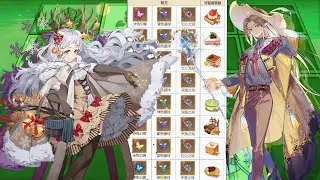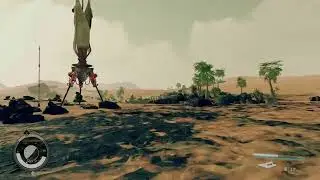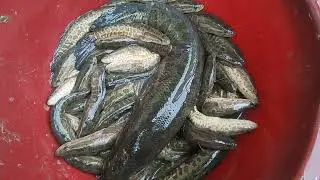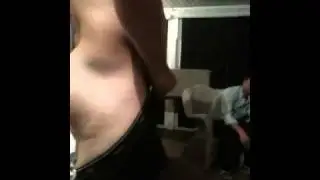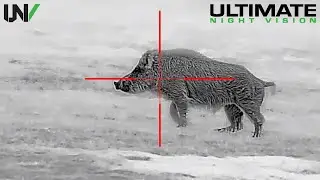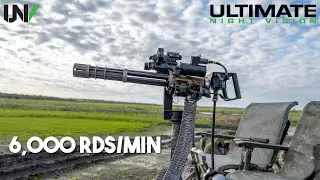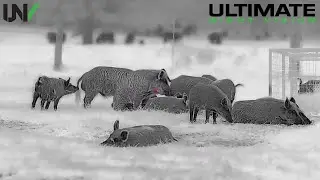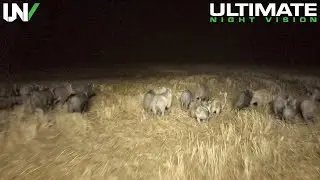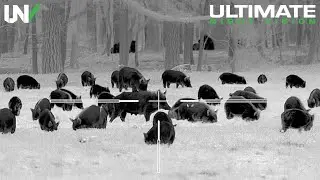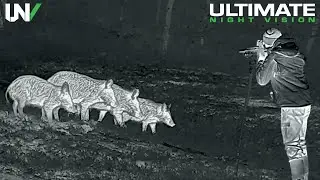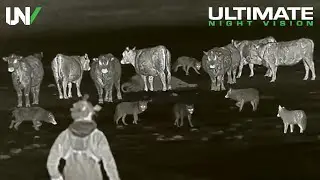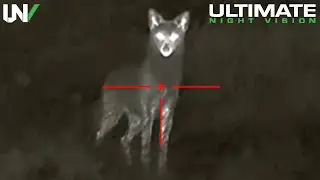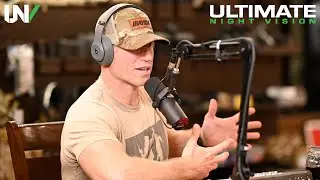This Invasive Species is Costing Us Billions | What Hunters are Doing to Help
Hunting feral hogs with thermal: InfiRay Outdoor RICO RS75 and Bolt TH50-C thermal sights.
Follow Ultimate Night Vision on Instagram ► http://bit.ly/InstagramUltimateNV
Thermal Scopes used in this video ►
InfiRay Outdoor RICO RS75 1280x1024 High Definition Thermal Sight ►
https://bit.ly/RicoRS75atUNV
InfiRay Outdoor Bolt TH50-C 640x512 Thermal Sight ►
https://bit.ly/Bolt_TH50CatUNV
Rifle & Ammo Used in this video ►
Wilson Combat AR-15 chambered in 300 HAM'R
https://bit.ly/WilsonCombat-300HAMR-AR15
Lehigh Defense 110grain Controlled Chaos
https://bit.ly/LehighDefense110grCont...
** Why Do We Hunt Hogs? **
Feral hogs are a non-native and invasive species in Texas. Each year hogs cause millions of dollars in damage in the form of damaged crops, contaminated water supplies, broken equipment, transmission of diseases and injury to livestock.
Feral hogs compete with native wildlife for resources and also prey directly on the eggs and young of ground nesting birds and will actively hunt small mammals, frogs, lizards and snakes.
Due to their intelligence, adaptability, and prolific breeding habits, traditional methods of hunting and trapping have been largely ineffective in reducing the feral hog population. The introduction of night vision and thermal optics has greatly increased landowners' ability to mitigate the destruction caused by feral hogs.
Feral swine are not considered game animals in Texas and may be hunted by any means or methods at any time of year.
More information about the feral hog problem in Texas: • Feral Hogs Are Tearing Up Texas, So T...
Why do we hunt coyotes?
Coyotes are presently the most abundant livestock predators in western North America, causing the majority of sheep, goat, and cattle losses. For example, according to the National Agricultural Statistics Service, coyotes were responsible for 60.5% of the 224,000 sheep deaths attributed to predation in 2004.The total number of sheep deaths in 2004 comprised 2.22% of the total sheep and lamb population in the United States, which, according to the National Agricultural Statistics Service USDA report, totaled 4.66 million and 7.80 million heads respectively as of July 1, 2005. Because coyote populations are typically many times greater and more widely distributed than those of wolves, coyotes cause more overall predation losses. The United States government agents routinely shoot, poison, trap, and kill about 90,000 coyotes each year to protect livestock.
Coyotes typically bite the throat just behind the jaw and below the ear when attacking adult sheep or goats, with death commonly resulting from suffocation. Blood loss is usually a secondary cause of death. Calves and heavily fleeced sheep are killed by attacking the flanks or hindquarters, causing shock and blood loss. When attacking smaller prey, such as young lambs, the kill is made by biting the skull and spinal regions, causing massive tissue and bone damage. Small or young prey may be completely carried off, leaving only blood as evidence of a kill.
In the absence of the harassment of coyotes practiced by rural people, urban coyotes are losing their fear of humans, which is further worsened by people intentionally or unintentionally feeding coyotes. In such situations, some coyotes have begun to act aggressively toward humans, chasing joggers and bicyclists, confronting people walking their dogs, and stalking small children. Non-rabid coyotes in these areas sometimes target small children, mostly under the age of 10, though some adults have been bitten.
► http://bit.ly/UltimateNightVision
Watch video This Invasive Species is Costing Us Billions | What Hunters are Doing to Help online, duration hours minute second in high quality that is uploaded to the channel Ultimate Night Vision 01 January 1970. Share the link to the video on social media so that your subscribers and friends will also watch this video. This video clip has been viewed 5,282,736 times and liked it 32 thousand visitors.

